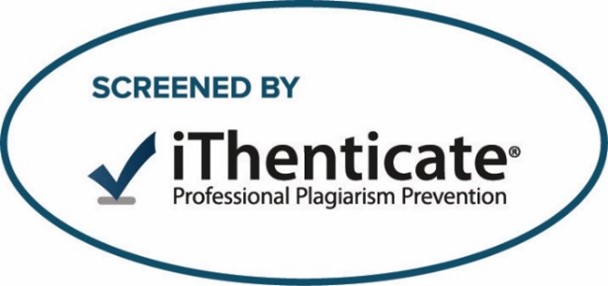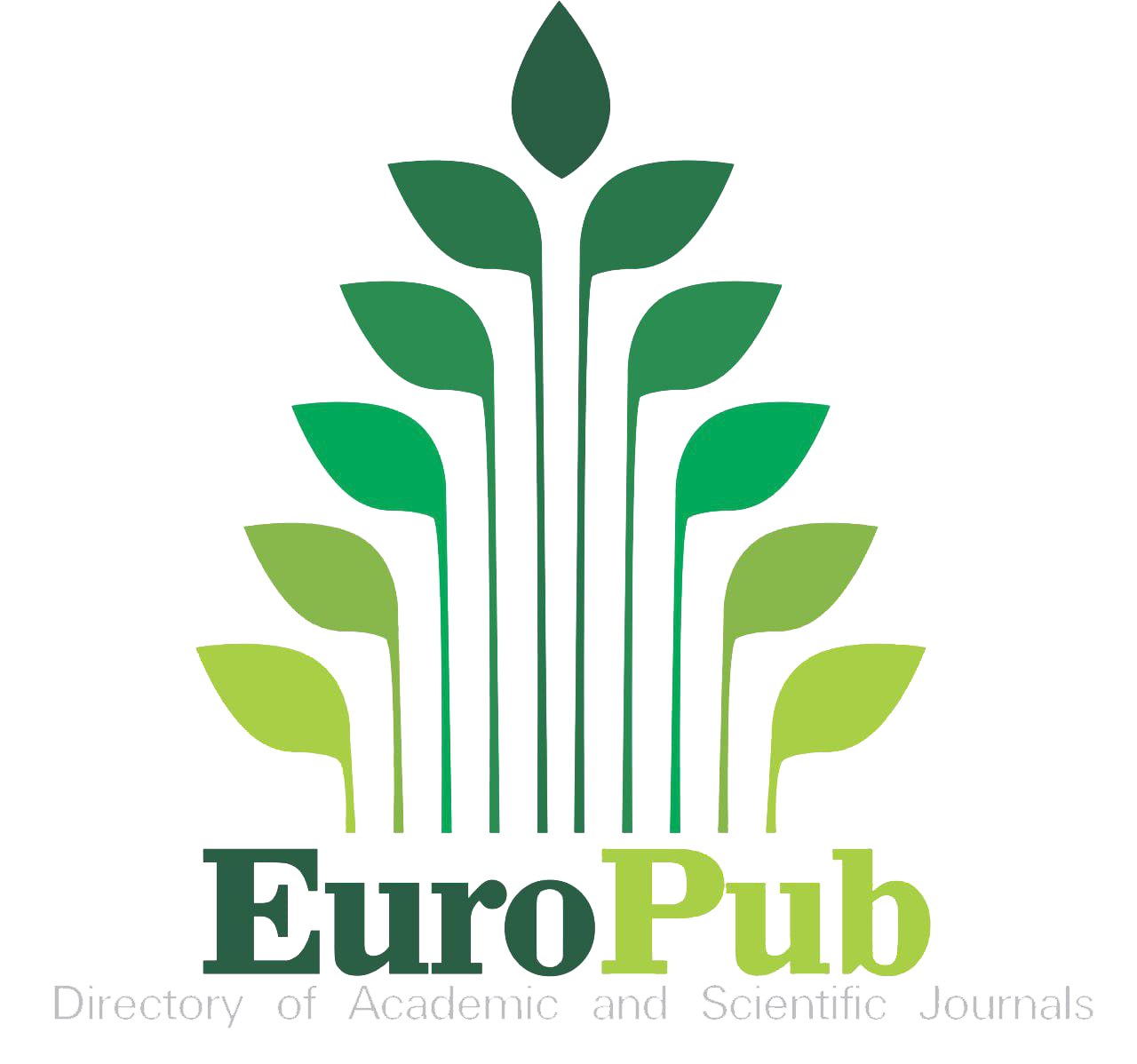Abstract
This research determined the effect of fish oil and Vernonia amygdalina-enriched biscuits (FVSB) on insulin sensitivity and inflammatory cytokines in type 2 diabetic rats. Forty-nine male rats were grouped into seven, i.e. A-G. Type 2 diabetes (T2DM) was induced in groups B-G by administering 230 mg/kg body weight [BW] NAD (ip) and 65 mg/kg BW streptozotocin (ip). Group A represented the control (Non-diabetic + unsupplemented biscuit), B (untreated diabetic), C (diabetic + 120 mg/kg BW metformin), D-F (diabetic + FVSB at 1g, 2g and 3g leaf inclusion respectively), and G (diabetic + conventional biscuit). The experiment lasted 35 days, and rats were monitored for changes in fasting blood glucose (FBG), insulin levels, interleukin-6 (IL-6), C-reactive protein (CRP), and tumor necrosis factor-α (TNF-α). FVSB reduced FBG, insulin, HOMA-IR, IL-6, CRP and TNF-α but increased HOMA-β score in comparison with untreated diabetic groups. FVSB reduced FBG in an exposure duration-dependent manner. At 3g leaf inclusion level, FVSB reduced insulin and HOMA-IR to levels comparable to metformin. At 2g leaf inclusion, FVSB reduced IL-6 to levels comparable with the sham control. At all the leaf inclusion levels, FVSB reduced CRP and TNF-α, while also increasing HOMA-β score to levels comparable to either the sham control or the metformin-treated groups. In conclusion, FVSB elicited insulin sensitivity-improvement activity by reducing FBG and insulin concentrations and also anti-inflammatory properties by reducing IL-6, CRP and TNF-α in diabetic rats. The 3g leaf inclusion biscuit is the most potent and may be considered for the management of T2DM.
Recommended Citation
Soji-Omoniwa, Omolola; Abdulazeez, Uthman Olanrewaju; Oloba, Christfavour Oluwaseyi; Kolawole, Samuel Olajuwon; Olayinka, Johnson Opeyemi; Oludipe, Emmanuel Olorunleke; Ajediti, Anuoluwapo Faith; and Yusuf, Habib Tajudeen
(2025)
"Fish oil and Vernonia amygdalina Leaves-Supplemented Biscuits Increased Insulin Secretion and Suppressed Pro-Inflammatory Cytokines in Type 2 Diabetic Wistar Rats,"
Al-Bahir: Vol. 7:
Iss.
2, Article 4.
Available at: https://doi.org/10.55810/2313-0083.1108
References
[1] Unger RH, Orci L. Paracrinology of islets and the paracrinopathy of diabetes. Proc Natl Acad Sci USA 2010;107(37): 16009—12.
[2] Stumvoll M, Goldstein BJ, van Haeften TW. Type 2 diabetes: principles of pathogenesis and therapy. Lancet 2005;365: 1333—46. https://doi.org/10.1016/S0140-6736(05)61032-X.
[3] Weyer C, Bogardus C, Mott DM, Pratley RE. The natural history of insulin secretory dysfunction and insulin resistance in the pathogenesis of type 2 diabetes mellitus. J Clin Investig 1999;104:787—94. https://doi.org/10.1172/JCI7231.
[4] Hotamisligil GS. Inflammation and metabolic disorders. Nature 2006;444:860—7. https://doi.org/10.1038/nature05485.
[5] Johnson AR, Milner JJ, Makowski L. The inflammation highway: metabolism accelerates inflammatory traffic in obesity. Immunol Rev 2012;249:218—38. https://doi.org/ 10.1111/j.1600-065X.2012.01151.x.
[6] Ceriello A. The emerging challenge in diabetes: the “metabolic memory.” Vasc Pharmacol 2012;57:133—8. https://doi.org/10.1016/j.vph.2012.05.005.
[7] Harris MI. Health care and health status and outcomes for patients with type 2 diabetes. Diabetes Care 2000;23:754—8.
[8] Saaddine JB, Engelgau MM, Beckles GL, Gregg EW, Thompson TJ, Narayan KM. A diabetes report card for the United States: quality of care in the 1990s. Ann Intern Med 2002;136:565—74.
[9] Beckles GL, Engelgau MM, Narayan KM, Herman WH, Aubert RE, Williamson DF. Population-based assessment of the level of care among adults with diabetes in the U.S. Diabetes Care 1998;21:1432—8.
[10] Saydah SH, Fradkin J, Cowie CC. Poor control of risk factors for vascular disease among adults with previously diagnosed diabetes. JAMA 2004;291:335—42. https://doi.org/ 10.1001/jama.291.3.335.
[11] Grant RW, Pirraglia PA, Meigs JB, Singer DE. Trends in the complexity of diabetes care in the United States from 1991 to 2000. Arch Intern Med 2004;164:1134—9. https://doi.org/ 10.1001/archinte.164.10.1134.
[12] Koro CE, Bowlin SJ, Bourgeois N, Fedder DO. Glycemic control from 1988 to 2000 among U.S. adults diagnosed with type 2 diabetes': a preliminary report. Diabetes Care 2004;27: 17—20.
[13] MacLean CD, Littenberg B, Kennedy AG. Limitations of diabetes pharmacotherapy: results from the Vermont Diabetes Information System study. BMC Fam Pract 2006;7:50. https://doi.org/10.1186/1471-2296-7-50.
[14] Soji-Omoniwa O, Adekeye BT, Abdulazeez UO, Olayinka JO, Oloba CO, Ajediti AF, et al. Effect of Fish oil and Vernonia amygdalina-supplemented biscuits on lipid profile parameters and blood glucose concentration of diabetic rats. Sci World J 2024;19(1):117—22.
[15] Ugbogu EA, Emmanuel O, Dike ED, Agi GO, Ugbogu OC, Ibe C, et al. The phytochemistry, ethnobotanical, and pharmacological potentials of the medicinal plant Vernonia amygdalina L. (bitter leaf). Clin Compl Med Pharm 2021;1(1).
[16] Vidotti RM, Pacheco MFVSB, Gonçalves GS. Characterization of the oils present in acid and fermented silages produced from tilapia filleting residue. Rev Bras Zootec 2011;40 (2):240—4.
[17] Whitley PR. Biscuit manufacturer. London, UK: Applied Sciences Publisher Limited; 1970
[18] Matthews DR, Hosker JP, Rudenski AS, Naylor BA, Treacher DF, Turner RC. Homeostasis model assessment: insulin resistance and beta-cell function from fasting plasma glucose and insulin concentrations in man. Diabetologia 1985;28:412—9.
[19] Rababah TM, Al-Mahasneh MA, Ereifej KI. Effect of chickpea, broad bean, or isolated soy protein additions on the physicochemical and sensory properties of biscuits. J Food Sci 2006;71:S438—42.
[20] Singh RKP, Sabapathy KK. Opportunities for processing and utilization of soybean to increase nutritional security in North-East India. In: Basu D, Kulirani BF, Ray BD, editors. Agriculture, food security, nutrition and health in NorthEast India. New Delhi: Mittal Publications; 2006. p. 295—308.
[21] Boobier WJ, Baker J, Davies B. Development of a healthy biscuit: an alternative approach to biscuit manufacture. Nutr J 2006;5:1—7.
[22] Jenkins AL, Jenkins DJA, Wolever TMS, Rogovik AL, Javanovski E, Bozikov V, et al. Comparable postprandial glucose reductions with viscous fiber blend enriched biscuits in healthy subjects and patients with diabetes mellitus: acute randomized controlled clinical trial. Croat Med J 2008; 49:772—82.
[23] Talwar A, Chakraborty N, Zahera M, Anand S, Ahmad I, Siddiqui S, et al. HindawiJournal of chemistry. Article ID 6111603:12 pages. 2024. https://doi.org/10.1155/2024/ 6111603.
[24] Nkono Ya Nkono BL, Sokeng Dongmo S, Dzeufiet Djomeni PD, Kamtchouing P. Antihyperglycemic and antioxidant properties of Alstonia boonei De Wild stem bark aqueous extract in dexamethasone-induced hyperglycemic rats. Int J Diabetes Res 2014;3(3):27—35.
[25] Nkono Ya Nkono BL, Sokeng SD, Njintang Yanou N, Djada AB, Ngoumtsop SS, Koube J, et al. Effects of Alstonia boonei aqueous extract in isolated intestinal and diaphragm glucose uptake in vitro. Int J Diabetes Res 2016;5(2):35—40.
[26] Kanmani S, Kwon M, Shin MK, Kim MK. Association of Creactive protein with risk of developing type 2 diabetes mellitus, and role of obesity and hypertension: a large population-based Korean cohort study. Sci Rep 2019;9(1): 4573. https://doi.org/10.1038/s41598-019-4573.
[27] Lee CC, Adler AI, Sandhu MS, Sharp SJ, Forouhi NG, Erquo S, et al. Association of C-reactive protein with type 2 diabetes: prospective analysis and meta-analysis. Diabetologia 2009;52(6):1040—7. https://doi.org/10.1007/s00125- 009-1345-4.
[28] Wang X, Bao W, Liu J, Ouyang Y, Wang D, Rong S, et al. Inflammatory markers and risk of type 2 diabetes: a systematic review and meta-analysis. Diabetes Care 2013;36(1): 166—75. https://doi.org/10.2337/dc12-0926.
[29] Bertoni AG, Burke GL, Owusu JA, Carnethon MR, Vaidya D, Barr RG, et al. Inflammation and the incidence of type 2 diabetes: the Multi-Ethnic Study of Atherosclerosis (MESA). Diabetes Care 2010;33(4):804—10. https://doi.org/ 10.2337/dc09-1679.
[30] Han TS, Sattar N, Williams K, Gonzalez-Villalpando C, Lean MEJ, Haffner SM. Prospective study of C-reactive protein in relation to the development of diabetes and metabolic syndrome in the Mexico City Diabetes Study. Diabetes Care 2002;25(11):2016—21. https://doi.org/10.2337/ diacare.25.11.2016. [31] Freeman DJ, Norrie J, Caslake MJ, Gaw A, Ford I, Lowe GDO, et al. C-reactive protein is an independent AL-BAHIR (JOURNAL FOR ENGINEERING AND PURE SCIENCES) 2025;7:94—102 101 predictor of risk for the development of diabetes in the West of Scotland Coronary Prevention Study. Diabetes 2002;51(5): 1596—600. https://doi.org/10.2337/diabetes.51.5.1596.
[32] Sproston NR, Ashworth JJ. Role of C-reactive protein at sites of inflammation and infection. Front Immunol 2018;9:754. https://doi.org/10.3389/fimmu.2018.00754.
[33] Gabay C, Kushner I. Acute-phase proteins and other systemic responses to inflammation. N Engl J Med 1999;340(6): 448—54. https://doi.org/10.1056/NEJM199902113400607.
[34] Krogh-Madsen R, Plomgaard P, Møller K, Mittendorfer B, Pedersen BK. Influence of TNF-α and IL-6 infusions on insulin sensitivity and expression of IL-18 in humans. Am J Physiol Endocrinol Metab 2006;291(1):E108—15. https://doi. org/10.1152/ajpendo.00471.2005.
[35] Rask-Madsen C, Domínguez H, Ihlemann N, Hermann T, Kober L, Torp-Pederson C. Tumor necrosis factor-α inhibits insulin's stimulating effect on glucose uptake and endothelium-dependent vasodilation in humans. Circulation 2003;108(15):1815—21. https://doi.org/10.1161/01.CIR.0000091 406.72832.11.
[36] Mohallem R, Aryal UK. Regulators of TNFα-mediated insulin resistance elucidated by quantitative proteomics. Sci Rep 2020;10(1):20878. https://doi.org/10.1038/s41598-020-77914-1.
[37] Anh HLT, Vinh LB, Lien LT, Cuong PV, Arai M, Ha TP, et al. In vitro study on α-amylase and α-glucosidase inhibitory activities of a new stigmastane-type steroid saponin from the leaves of Vernonia amygdalina. Nat Prod Res 2021;35(5): 873—9. https://doi.org/10.1080/14786419.2020.1715098.
[38] Johnson C, Lin L-Z, Harnly J, Oladeinde FO, Kinyua AM, Michelin R, et al. Identification of the phenolic components of Vernonia amygdalina and Russelia equisetiformis. J Nat Prod 2011;4:57—64.
[39] Zhou X, Chai L, Wu Q, Wang Y, Li S, Chen J. Anti-diabetic properties of bioactive components from fish and milk. J Funct Foods 2021;85:104669. https://doi.org/10.1016/j. jff.2021.104669.
[40] Sasongko H, Nurrochmad A, Nugroho AE, Rohman A. Fish oil supplementation in diabetic nephropathy prevents inflammatory and oxidative stress target. Food Res 2023;7(2): 307—15
Included in
Biochemistry, Biophysics, and Structural Biology Commons, Food Science Commons, Nutrition Commons
















Indexed in: